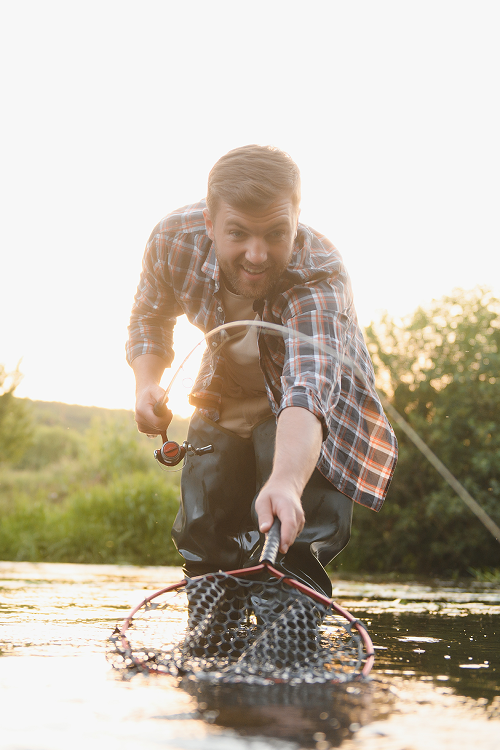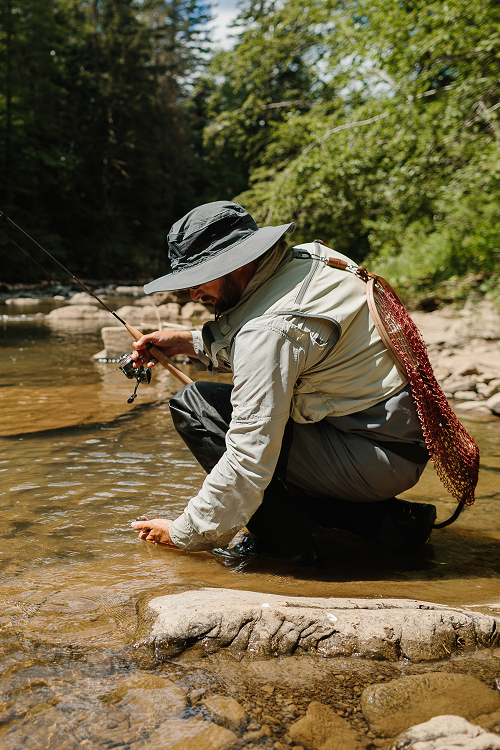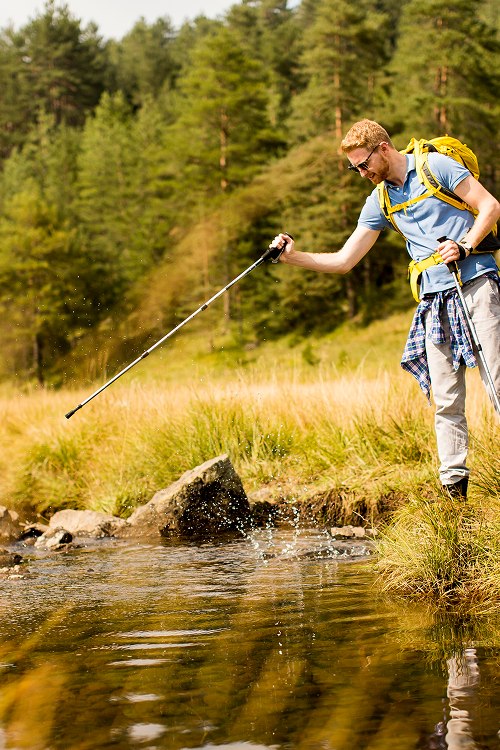When you enter a local fly shop for the first time, every item intimidates you. We remember our first time, and we just wanted to buy everything. But, this doesn't help. One thing that you must have in your fly box is fly fishing flies. Fly fishing utilizes four main types of flies for fly anglers to use: nymphs and wet flies, dry flies, streamers, and emergers. Each category mimics certain aquatic insects to attract the target fish species. If you want to choose the one that suits your requirements, read this guide!
Nymphs Fly
Nymphs imitate juvenile mayflies and stoneflies that reside beneath the surface, fished using an indicator, which allows you to achieve dead drift fishing. Indicator fishing is perhaps the most popular way to use nymphs. But you can also fish them on a swivel or with a rig. Since trout feed 90% of their time underwater, nymphing should form part of your arsenal.
In addition to nymphs, egg flies are another important pattern to include, especially during spawning seasons when fish are focused on eggs as a food source. Streamers often imitate prey fish, making them highly effective for enticing larger predatory fish in freshwater fishing. That’s why nymphs are a must-have in your fly fishing gear.
Streamers Fly Line
When insects aren't biting but you know there are fish around, streamers are an effective way to lure them in. Unlike dry fly fishing and nymphing, which depend on matching insect hatches for success, streamers allow fly fishermen to focus solely on technique.
One of the key rules of streamer fishing is "getting it down." This means fishing deep in the water, especially near slower pockets and runs where trout will likely be hiding out for food. Well-tied streamer flies are designed to flash and wiggle to attract these hungry fish!
Dry flies
Fly fishing can be an engaging and satisfying pastime, whether on a tranquil mountain stream or stripping streamers across large rivers. Selecting the appropriate fly can make all the difference in success! Dry flies are designed to mimic the hatching or emerging stages of aquatic insects, using materials like foam or deer hair with thin hooks to stay on top of the water surface.


